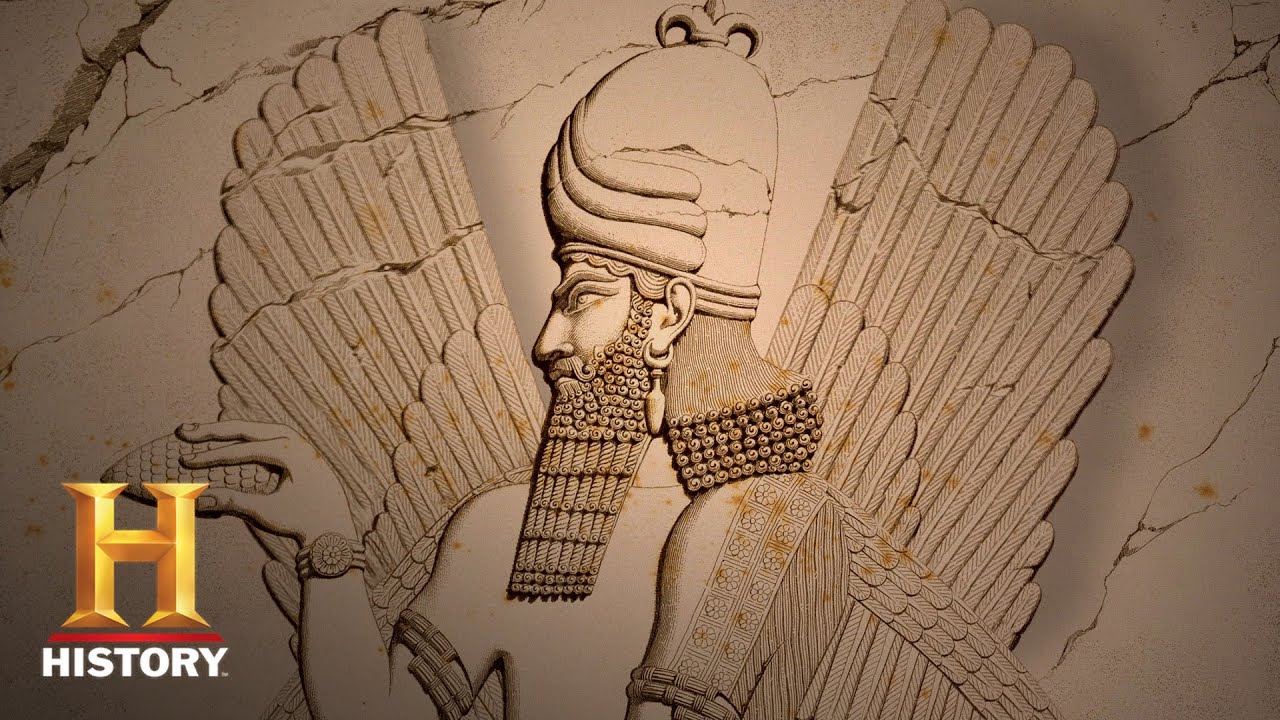Back after a long period of time, I am here to start new topic which is very unusual topic. Extraterrestrials ![]() whenever I see the sky I think that is there any another planet like earth. Where life exist, In ancient world the people made drawings carvings of objects that come from the sky and showed them a right path to how to live, how to eat and gave them knowledge .
whenever I see the sky I think that is there any another planet like earth. Where life exist, In ancient world the people made drawings carvings of objects that come from the sky and showed them a right path to how to live, how to eat and gave them knowledge .
https://www.google.co.in/imgres?imgurl=http%3A%2F%2Fwww.sussexvt.k12.de.us%2Fscience%2FThe%2520History%2520of%2520the%2520World%2520Secrets%2520of%2520the%2520Ancient%2520Past%2FMesopotamia%2FThe%2520Sumerians_files%2Fimage004.jpg&imgrefurl=http%3A%2F%2Fwww.sussexvt.k12.de.us%2Fscience%2FThe%2520History%2520of%2520the%2520World%2520Secrets%2520of%2520the%2520Ancient%2520Past%2FMesopotamia%2FThe%2520Sumerians.htm&docid=BiZg0JJC5E0R-M&tbnid=WPZxxJsG84tAvM&vet=1&w=455&h=350&itg=1&bih=635&biw=1360&ved=2ahUKEwjO0sSC4YDrAhXV4XMBHcf3AikQxiAoCHoECAEQLg&iact=c&ictx=1
Here is an image of world `s oldest known civilizations called ‘The Sumerian civilization’ . As we can see in the image there is a person sitting on a chair who is much bigger in size then the people in the image. it can be clearly said that he is not an human.
Now let`s start the conversation on this topic. Here we can share some of the information about UFO sightings, extraterrestrials. What about @karnamdpdurga, @Arunan.
